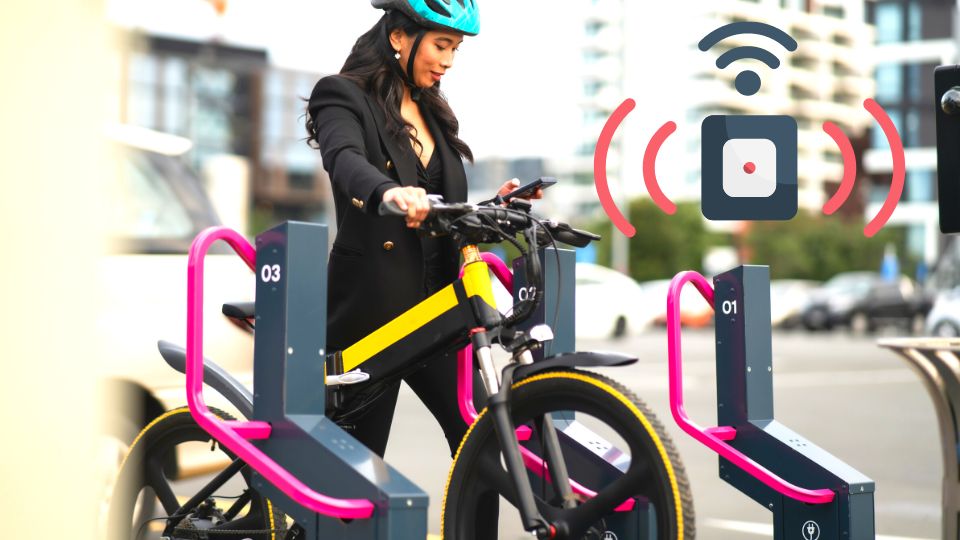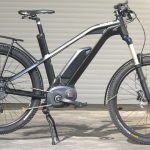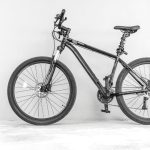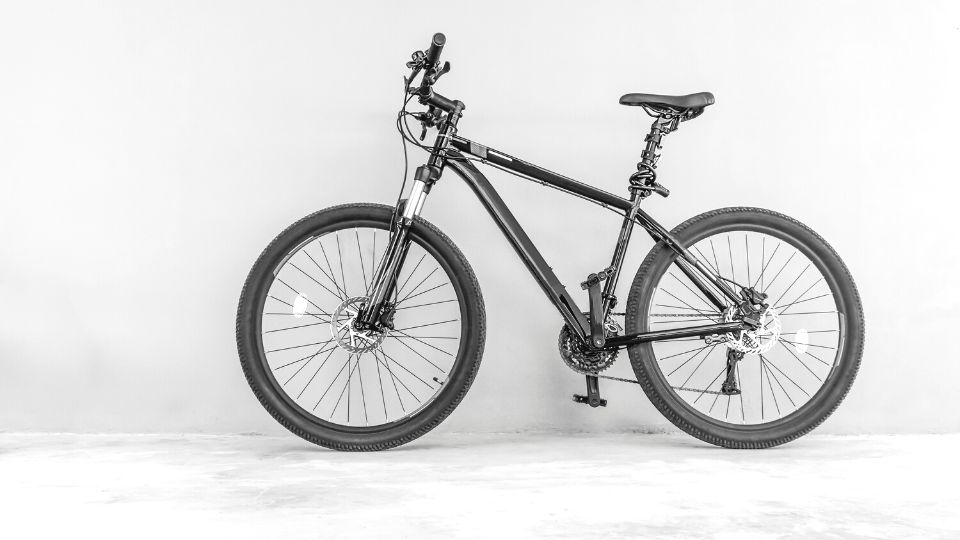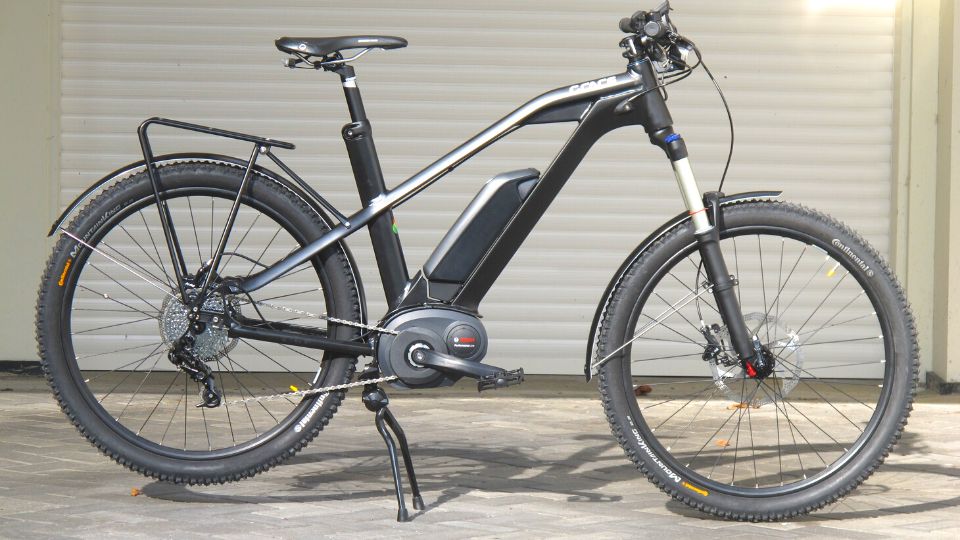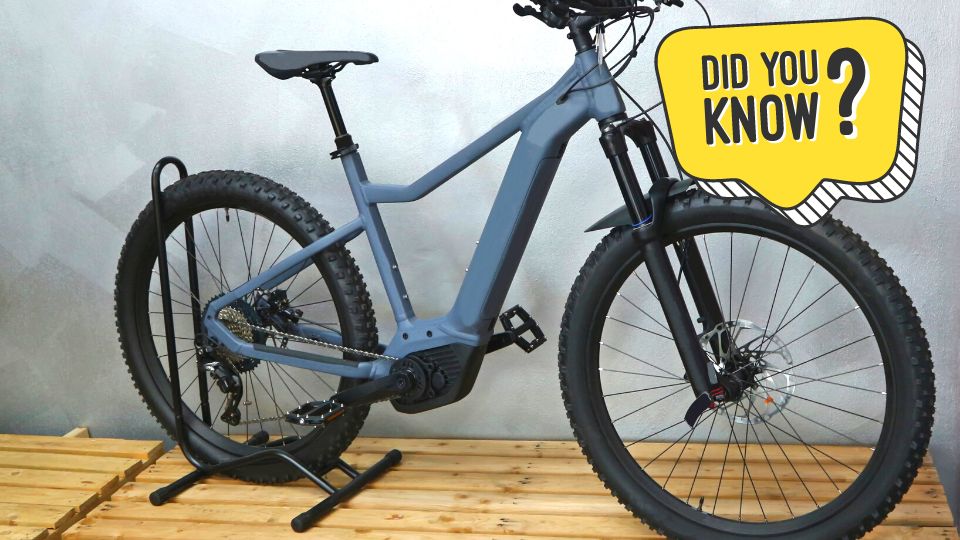Electric bikes have become increasingly popular in recent years, and with them have come a host of new features and technologies. One such technology is the hydraulic brake sensor, which is designed to enhance the performance and safety of electric bikes.
An ebike hydraulic brake sensor is a device that detects when the hydraulic brake lever on an electric bike is pulled and sends a signal to the motor controller to either reduce or cut off power to the motor.
In this article, we will explore what an ebike hydraulic brake sensor is and how it works, as well as the benefits it provides to riders.
What is an ebike hydraulic brake sensor?
Electric bike hydraulic brakes are a type of brake system that uses fluid pressure to stop the bike. They are different from mechanical brakes, which use cables and levers to apply friction. Hydraulic brakes have some advantages over mechanical brakes, such as better modulation, less maintenance, and more power.
A hydraulic brake sensor is a device that detects when you apply pressure on your brake lever and sends a signal to your motor controller to cut off the power to your motor. This way, you can stop your ebike safely and smoothly without any delay or interference from the motor.
Why is this important? Well, imagine you are riding your ebike at high speed and you need to brake suddenly. If you don’t have a hydraulic brake sensor, your motor will keep spinning even when you squeeze your brake lever, making it harder for you to stop and increasing the risk of skidding, losing control or crashing. Not good!
A hydraulic brake sensor can prevent this from happening by instantly cutting off the power to your motor as soon as you touch your brake lever. This gives you full control over your braking and allows you to stop your ebike quickly and effectively.
Types of hydraulic brake sensors
There are different types of hydraulic brake sensors available on the market, but they all work on the same principle: they use a magnet and a hall sensor to detect the movement of your brake lever. The magnet is attached to your brake lever and the hall sensor is mounted on your brake hose or caliper. When you pull your brake lever, the magnet moves closer to the hall sensor and triggers a signal that is sent to your motor controller.
The main types of hydraulic brake sensors are:
- Reed switch sensors: These sensors use a magnet and a reed switch to detect when the brake lever is being pulled. The magnet is placed on the brake lever and the reed switch is placed on the handlebar. When the brake lever is pulled, the magnet moves closer to the reed switch and triggers the sensor.
- Pressure sensors: These sensors use the hydraulic pressure within the brake line to detect when the brake lever is being pulled. When the lever is pulled, the pressure in the brake line changes and triggers the sensor.
If you’re wondering about maintenance, don’t miss our article on how often bike hydraulic brakes need bleeding.
How to install an ebike hydraulic brake sensor
Installing a hydraulic brake sensor on your ebike is not very difficult, but it does require some basic tools and skills. You will need to cut your brake hose, insert a T-connector with the hall sensor, reconnect your brake hose and bleed your brakes. You will also need to connect the hall sensor wire to your motor controller and make sure it is compatible with your system.
If you are not confident or experienced with working on your brakes, I recommend you take your ebike to a professional mechanic who can install the hydraulic brake sensor for you. It is better to be safe than sorry! If you’re wondering how to fit hydraulic bike brakes, be sure to check out our step-by-step guide.
A hydraulic brake sensor can make a big difference in your ebike’s performance and safety. It can give you more confidence and control over your braking and enhance your riding experience. If you don’t have one yet, I highly recommend you get one as soon as possible. Trust me, you won’t regret it!
FAQ
Are brake pad sensors accurate?
Yes, brake pad sensors are generally accurate. They are designed to give a warning when the brake pads are worn out and need to be replaced.
How many brake pad sensors do I need?
The number of brake pad sensors required depends on the type of brake system in your eBike. Some bikes have one sensor for the front and one for the rear brake, while others may have one sensor for each brake pad.
Can you reuse brake wear sensor?
It is not recommended to reuse brake wear sensors as they are designed to be a one-time use item. Once they have given a warning signal indicating that the brake pads are worn out, they should be replaced.
Why do brake sensors fail?
Brake sensors can fail due to various reasons such as wear and tear, damage from road debris, exposure to harsh weather conditions, and electrical faults. It is important to regularly check and replace brake sensors to ensure proper functioning of the brake system.
Wrapping up
In conclusion, an ebike hydraulic brake sensor is an important component that adds an extra layer of safety and performance to electric bikes. By detecting when the brakes are applied and modulating the motor power accordingly, the brake sensor helps riders maintain control and avoid accidents.
If you are in the market for an electric bike or considering upgrading your current ride, be sure to look for models that come equipped with a hydraulic brake sensor.

